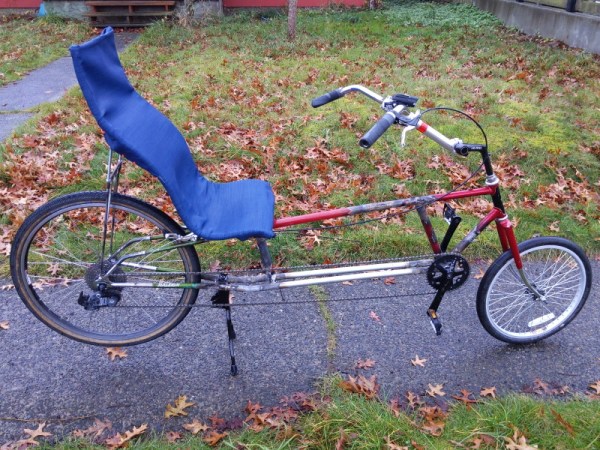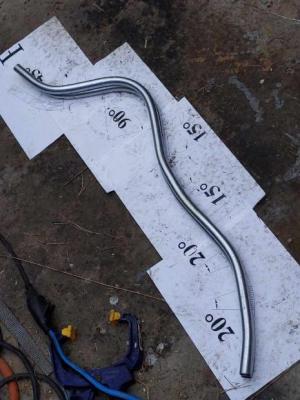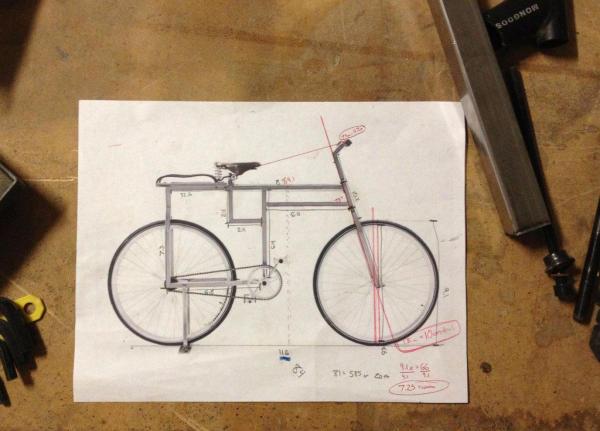Anyone who has ever snapped a chain or a crank knows how much torque a bicycle’s power train has to absorb on a daily basis; it’s really more than one might naively expect. For that reason, [Well Done Tips]’s idea of 3D printing a gear chain from PLA did not seem like the most promising of hacks to us.
Contrary to expectations, though, it actually worked; at the end of the video (at about 13:25), he’s on camera going 20 km/h, which while not speedy, is faster than we thought the fixed gearing would hold up. The gears themselves, as you can see, are simple spurs, and were modeled in Fusion360 using a handy auto-magical gear tool. The idler gears are held in place by a steel bar he welded to the frame, and are rolling on good old-fashioned skateboard bearings–two each. (Steel ones, not 3D printed bearings.) The healthy width of the spur gears probably goes a long way to explaining how this contraption is able to survive the test ride.
The drive gear at the wheel is steel-reinforced by part of the donor bike’s cassette, as [Well Done Tips] recognized that the shallow splines on the freewheel hub were not exactly an ideal fit for PLA. He does complain of a squeaking noise during the test ride, and we can’t help but wonder if switching to helical gears might help with that. That or perhaps a bit of lubricant, as he’s currently riding the gears dry. (Given that he, too, expected them to break the moment his foot hit the pedal, we can’t hardly blame him not wanting to bother with grease.)
We’ve seen studies suggesting PLA might not be the best choice of plastic for this application; if this wasn’t just a fun hack for a YouTube video, we’d expect nylon would be his best bet. Even then, it’d still be a hack, not a reliable form of transportation. Good thing this isn’t reliable-transportation-a-day!
Continue reading “PLA Gears Fail To Fail In 3D Printed Bicycle Drivetrain”

















